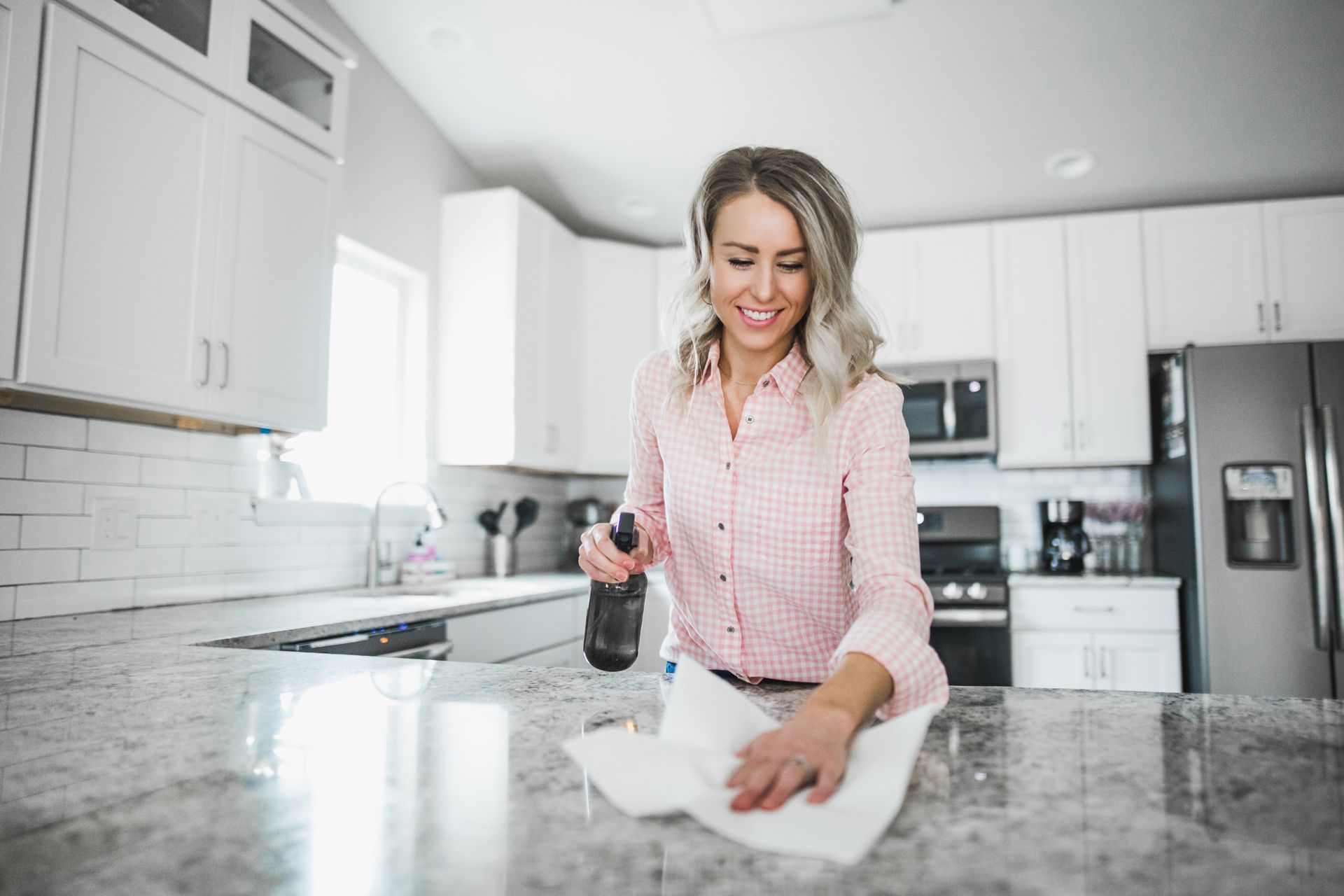With its timeless beauty and durability, natural stone is a popular choice for countertops, floors, walls, and other architectural features in homes and buildings. However, proper care and maintenance, including sealing, are essential to maintain its aesthetic appeal and longevity. In this article, we'll explore the importance of sealing natural stone surfaces, highlighting how this simple step can protect your investment and enhance the lifespan of your stone.
Protection Against Stains
One primary reason for sealing natural stone is to protect it against stains. Porous stones, such as marble, limestone, and travertine, can absorb liquids and oils, leading to unsightly stains that are difficult to remove. Sealing creates a protective barrier on the stone's surface, preventing liquids and contaminants from penetrating its pores.
Enhanced Durability
Sealing natural stone enhances durability by minimizing everyday wear and tear. The protective barrier the sealer provides reduces the risk of scratches, etching, and surface damage caused by spills, acidic substances, and abrasive materials. With proper sealing, natural stone surfaces can withstand heavy foot traffic, frequent use in kitchens and bathrooms, and exposure to the elements in outdoor environments.
Simplified Cleaning and Maintenance
Sealed natural stone surfaces are easier to clean and maintain compared to unsealed surfaces. The sealed barrier prevents dirt, dust, and grime from settling into the stone's pores, making routine cleaning more effective and efficient. Spills can be wiped up quickly without leaving permanent marks or stains, preserving the stone's pristine appearance.
Long-Term Cost Savings
Investing in regular sealing of natural stone surfaces can lead to long-term cost savings. By preventing stains, scratches, and other forms of damage, sealing reduces the need for expensive repairs or restoration down the line. Sealed stone surfaces require less frequent professional cleaning and maintenance, saving time and money over the installation's lifespan.
Preservation of Natural Beauty
Sealing natural stone helps preserve its natural beauty and aesthetic appeal. The sealer enhances the stone's colors and patterns, providing a richer and more vibrant appearance. Whether used for kitchen countertops, bathroom vanities, flooring, or outdoor patios, sealed natural stone surfaces maintain their original charm and elegance for years.
Protection Against Weathering and Outdoor Elements
Sealing is crucial for protecting natural stone against weathering and outdoor elements in outdoor applications such as stone facades, patios, and walkways. Sealing guards against moisture penetration, freezing and thawing cycles, UV radiation, and pollutants, which can cause deterioration and discoloration over time. Properly sealed outdoor stone surfaces remain resilient and attractive despite exposure to harsh environmental conditions.
Conclusion
Sealing natural stone surfaces is a proactive measure that enhances their durability, protects against stains and damage, simplifies cleaning and maintenance, and preserves their natural beauty. Whether you've invested in marble countertops, travertine floors, or a slate patio, regular sealing ensures that your natural stone surfaces maintain their elegance and integrity for years. Consult with a professional stone care expert to determine the appropriate sealing schedule and products tailored to your specific type of natural stone, ensuring optimal protection and enjoyment of your investment.


